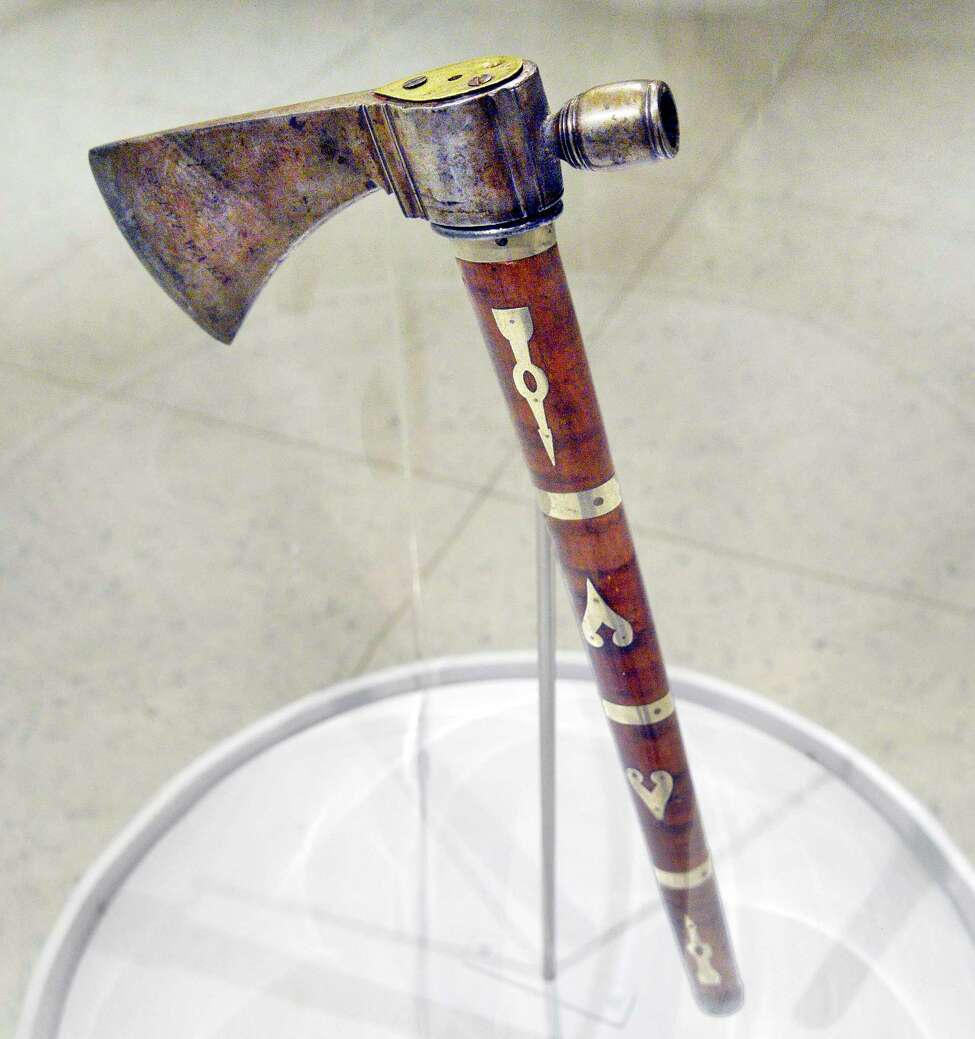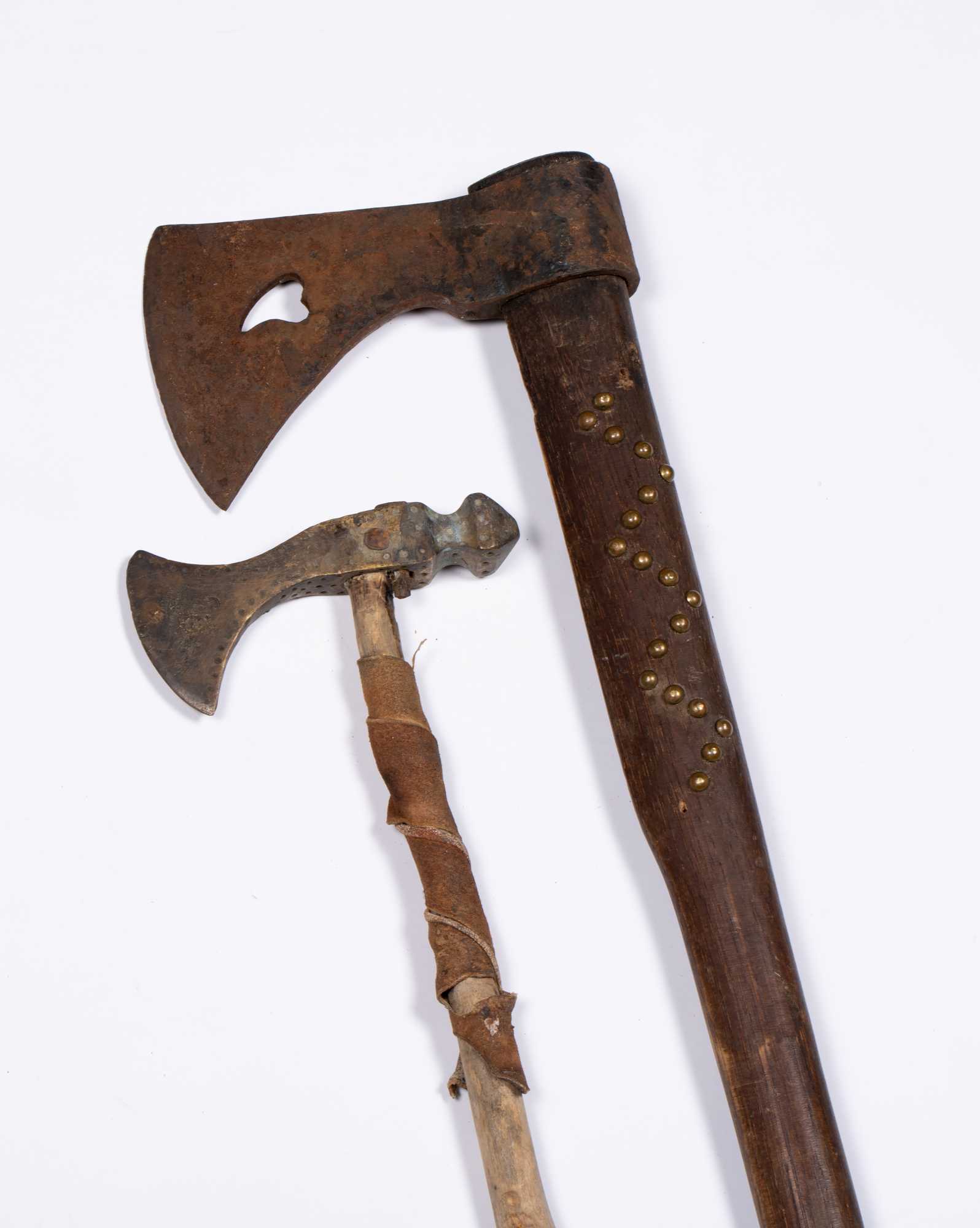
While some had the spike on the back side, which we recognize as being useful for throwing, most merely had a stub there, which was better suited for use as a hammer to strike and cause blunt-force injuries. Rather than being used to count coup by merely striking an enemy, the users of these metal tomahawks began using them to cause penetrating wounds – cutting open an enemy’s body with the sharp blade of the tomahawk. They were introduced to products other than what they could produce themselves and made dependent on those trade goods.Īs metal tomahawks replaced stone ones, their use changed as well. This and other similar innovations brought about enormous changes in the culture of the American Indian. Rather, they more closely resemble trade tomahawks made in factories, which were then used to barter with the Indians for furs.

The tomahawks of today are little like the original Indian tomahawks.

Metal Tomahawks This antique metal tomahawk tool is an example of a more versatile design. These blunt tomahawks were an ideal weapon for counting coup, as they would rarely cause any serious harm to those struck by them – although, occasionally a tomahawk would be used to break a bone or kill an enemy by breaking open their skull. The tomahawk head was attached to a stick, bone, or antler handle with rawhide, which was wrapped around the handle and head in a crossing pattern to make it secure.Īs the rawhide dried, it would shrink and make a very tight and strong bond between the head and the handle. Only rarely were tomahawk heads made out of obsidian or some other rock that could be chipped or “knapped” into shape. N places where soft rock was available, which could be shaped by rubbing it on harder stone, the triangular shape was more popular. Depending on the tribe and the type of stone they had available to them, this stone head could be nothing more than an appropriately sized river rock. Tomahawks were made by first shaping the head out of stone. While it was possible to throw, that was rarely done as to throw the tomahawk would leave one unarmed. It was more of a blunt impact weapon suited for counting coup than cutting or throwing. The most common shape was roughly triangular, with a wide forward edge and a more pointed trailing one. Stone Tomahawks The stone tomahawk was a blunt impact weapon.Īs they were made of stone, tomahawks did not have the sharp edge or point that we see today. Their arrowheads, tomahawks, spear points, and knives were mostly made of stone, although bone and shell were used in some regions as well. We must remember that before the coming of the white man, the American Indians had no metal products of any type. Most also carried a knife, although that was not normally used in battle. In addition, they carried either a tomahawk or a spear depending on the tribe.

The bow, one of the most used weapons throughout world history, was their main weapon of choice – especially for the Plains Indians, who needed a ranging weapon that could be used at a distance. The weapons of these Indians were limited.


 0 kommentar(er)
0 kommentar(er)
